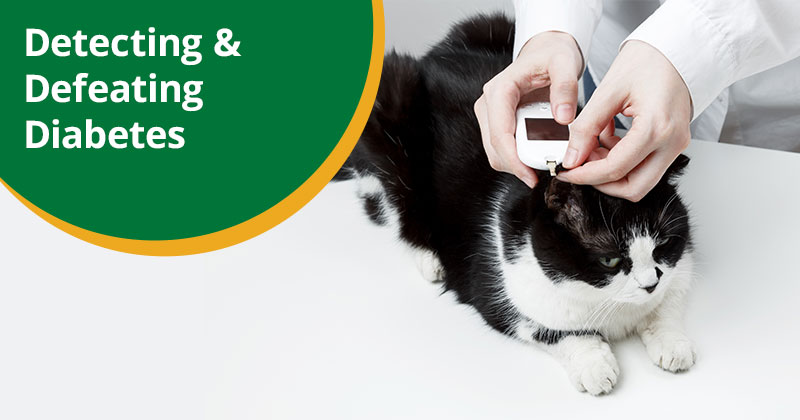
Roughly 1 in 300 dogs and 1 in 230 cats in the country have diabetes. In honor of November being National Diabetes Awareness Month, here are some facts to keep in mind…
If your furry friend is showing any red flags for diabetes, please call us at (317) 516-5921 to schedule an appointment.


